Commenti / Domande (167)
![]() Kaska ha scritto:
Kaska ha scritto:
W opisie nie jest podane ile cm trzeba zrobic sciagacza francuskiego,jest podane jak zrobic ale ile go zrobic?
02.05.2020 - 17:48DROPS Design ha risposto:
Witaj Kasiu! Trzeba wykonać 1 ściągacz francuski, czyli 2 rzędy (każdy na prawo). Pozdrawiamy!
03.05.2020 - 19:50
![]() Maria Leister ha scritto:
Maria Leister ha scritto:
Hei. Var ikke fornøyd med passformen. I str 38-40 skal tøffelen være 22 cm hel lengde selv om foten er 24. Hælsømmen havner da under hælen og tøffelen sitter stramt. Mye bedre å strikke den 24 cm som foten, da ble den veldig fin!
12.04.2020 - 20:45
![]() Ingmarie Nyberg ha scritto:
Ingmarie Nyberg ha scritto:
Hej! Är mitt i stickandet och har kommit till att arbetet är 22 cm och ska börja med slätstickning över A.a. Men jag förstår inte vad som menas med att sticka till färdigt mått. Hur långt är det? Hittar inga siffror på det. Med vänlig hälsning Ingmarie
23.02.2020 - 08:25DROPS Design ha risposto:
Hei Ingmarie. Ferdig mål = 25 cm, det står i avsnittet rett over MONTERING. God Fornøyelse!
24.02.2020 - 11:35
![]() Ket ha scritto:
Ket ha scritto:
Hoi! Ik heb nog wol liggen waar ik misschien dit project mee kan maken. De aangeraden naalddikte daarvan is echter 3,5-4. Mijn maat is 39. Zou ik dit patroon een maat groter kunnen maken zodat dit misschien alsnog uitkomt?
18.02.2020 - 18:19DROPS Design ha risposto:
Dag Ket,
Het beste is om even een proeflapje te maken om te kijken hoe de stekenverhouding van je garen is. Op basis daarvan zou je kunnen berekenen welke maat je kunt nemen.
20.02.2020 - 19:52
![]() Eliza Hermens ha scritto:
Eliza Hermens ha scritto:
Hoe weet je of je in A2 als bij de kabels staat 1 av/r welke steek je moet breien. Averecht of Recht? Zag deze vraag ook langs komen in de Engelse taal maar snap dan nog het antwoord niet. (heeft te maken met volgende naald of zo)?
16.02.2020 - 18:33DROPS Design ha risposto:
Dag Eliza,
Je kijkt inderdaad naar de volgende steek. Er staat een rondje in het hokje of er staat niks in het hokje. Het rondje of een leeg hokje zijn uitgelegd bij de lijst met symbolen.
23.02.2020 - 17:09
![]() Ace ha scritto:
Ace ha scritto:
Hoi hoi! Ik zit te overwegen om binnenkort dit patroon te gaan breien. Ik vroeg me echter af, is het ook mogelijk om dit patroon met rondbreinaalden te maken in plaats van breinaalden zonder knop? Alvast bedankt!
04.02.2020 - 15:59DROPS Design ha risposto:
Dag Ace,
Ja hoor, dat kan. Je zet dan gewoon alle steken op de rondbreinaald, in plaats van dat je ze verdeeld over naalden zonder knop.
04.02.2020 - 23:09
![]() Judith ha scritto:
Judith ha scritto:
I’m a bit confused regarding the instructions: “Now work in stocking stitch over sets I’m A.a, or start a bit earlier. (Am not certain what is meant by ‘start a bit earlier’ ie why/where?). Also, it continues.....”Continue A.1 and A.3 until “finished measurements”.........I can’t find which measurements are referred to. It says work A.a until piece measures 17-19-22 cm, so are the finished measurements in addition to this?
04.02.2020 - 12:51DROPS Design ha risposto:
Dear Judith, you have to work A.a until piece measures 17-19-22 cm, and then work in stocking stitch over the stitches of A.a, but should you end A.a before the right measurement (= 17-19-22 cm), then work the stitches in stocking stitch (rather than start an new repeat in height that couldn't be finished). You continue working the cables on each side (= A.1 and A.3) to the end of the slipper, ie until all stitches will be decreased (= total length of slipper). Happy knitting!
04.02.2020 - 15:47
![]() Alisa Mai ha scritto:
Alisa Mai ha scritto:
Ich habe eine Frage bezüglich des Bündchens. Wieso soll ich nur 54 Maschen aufnehmen und dann 10 zunehmen, wenn ich in meinem Schaft doch insgesamt 68 habe. Dann macht es doch mehr Sinn, gleich daraus 64 aufzunehmen. Und wenn nicht, welche Maschen lasse ich dann aus? Das ist meine erste Strickanleitung und das verwirrt mich noch alles sehr. Danke schon im Voraus!
16.12.2019 - 22:29DROPS Design ha risposto:
Liebe Frau Mai, wenn mann Maschen seitlich auffast, nimmt man ca 3 M auf 4 R, so daß Sie (bei der Maschenprobe) 54 M auffassen können, dann zur 64 M zunehmen. Viel Spaß beim stricken!
17.12.2019 - 09:41
![]() S Leishman ha scritto:
S Leishman ha scritto:
I have never made anything in the round before. I've made the socks and understand the directions up to this point: 'work the first 4 sts, round beg here = 41-41-43 sts. Now work piece in the round on double pointed needles... ' I have watched tutorial on how to cast onto the round but this isn't saying this. How do I get the stitches from the straight needles to the round needles and how many per needle?
17.11.2019 - 14:10DROPS Design ha risposto:
Dear S, you simply divide the stitches between 4 double pointed needles, more or less evenly (that means that for the smaller sizes 3 needles will have 10 stitches eaach and the fourth will have 11), and use the 5th needle to knit in the round. I hope that helps. Happy Knitting!
17.11.2019 - 17:10
![]() Nathalie ha scritto:
Nathalie ha scritto:
Petite précision sur mon précédent commentaire : j'ai procédé ainsi pour le motif A2 seulement. pour A3 et A1, les cases vides correspondent à du jersey donc mailles endroit sur les rangs impairs et envers sur les rangs pairs.( mailles envers sur les cases avec point). J'ai également continué au point de riz après Aa et non en jersey car je trouve cela plus joli. Un grand merci au site pour ces tutos gratuits !
13.11.2019 - 21:43
Celtic Dancer#celticdancerslippers |
|||||||||||||||||||
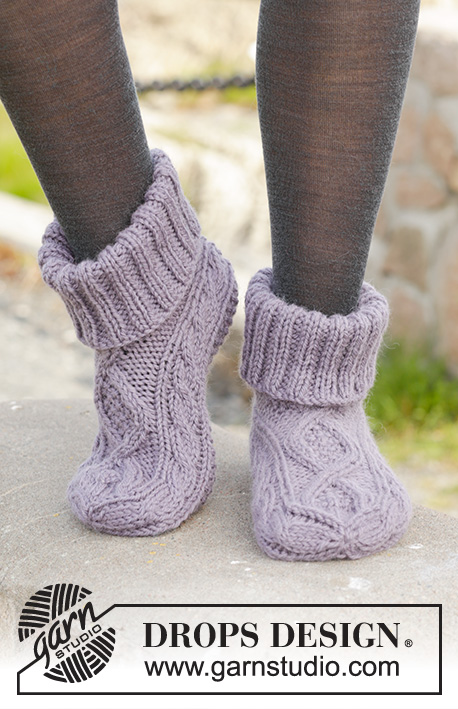 |
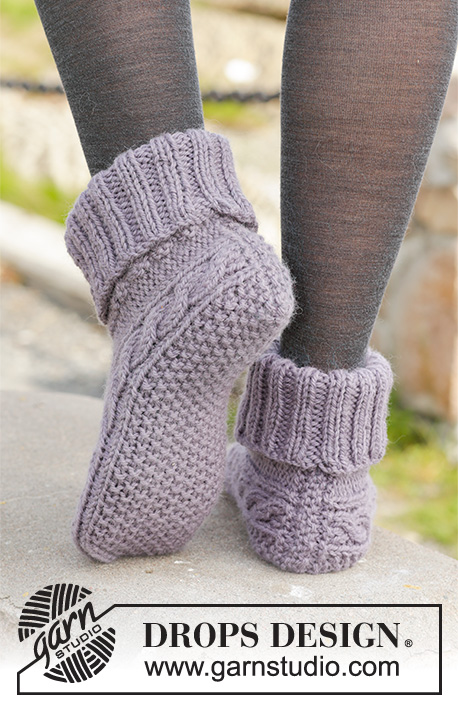 |
||||||||||||||||||
Pantofole DROPS lavorate ai ferri con trecce in "Nepal". Taglie: 35 - 43.
DROPS 156-55 |
|||||||||||||||||||
|
MOTIVO: Vedere i diagrammi A.1-A.3. I diagrammi mostrano il motivo visto dal diritto del lavoro. SUGGERIMENTO PER LE DIMINUZIONI: Diminuire 1 m prima del segnapunti come segue: 2 m insieme a dir. Diminuire 1 m dopo il segnapunti come segue: 2 m insieme a dir ritorto. M LEGACCIO (avanti e indietro sui f): Lavorare tutti i f a dir. 1 “costa” a m legaccio = 2 f dir. GRANA DI RISO: 1° f/giro: * 1 m dir, 1 m rov *, ripetere *-*. 2° f/giro: dir su rov e rov su dir. Ripetere il 2° f/giro. SUGGERIMENTO PER LE MISURAZIONI: Misurare al centro della treccia in A.1/A.3. ---------------------------------------------------------- PANTOFOLA: Lavorata avanti e indietro dal centro dietro. Avviare 33-33-35 m con i f n° 5 mm con Nepal (lasciare un’estremità di filato di circa 20 cm; usata per la confezione). Lavorare 1 “costa” a M LEGACCIO – leggere la spiegazione sopra, ALLO STESSO TEMPO sull’ultimo f distribuire 4 aumenti in modo uniforme = 37-37-39 m. Poi lavorare come segue dal diritto del lavoro: 4 m rov, A.3 (= 8 m), 13-13-15 m a GRANA DI RISO – leggere la spiegazione sopra, A.1 (= 8 m), finire con 4 m rov. Continuare il motivo in questo modo, lavorare le m rov a dir, dal rovescio del lavoro. Ripetere A.1 e A.3 fino alla fine del lavoro. FARE ATTENZIONE ALLA TENSIONE DEL LAVORO! Quando il lavoro misura 10½-11½-13 cm – leggere il SUGGERIMENTO PER LE MISURAZIONI sopra, lavorare come segue dal diritto del lavoro: 4 m rov, A.3, 13-13-15 m a grana di riso, A.1, 4 m rov, avviare 4 nuove m, lavorare le prime 4 m, il giro inizia qui = 41-41-43 m. Ora lavorare in tondo con i f a doppia punta. Lavorare il motivo come prima ma ora lavorare A.2 (= 12 m) sulle 4 m rov a ogni lato del lavoro e sulle 4 nuove m. Quando A.2 è stato lavorato 1 volta in verticale, lavorare A.a fino a quando il lavoro misura 17-19-22 cm. Ora lavorare a m rasata sulle m in A.a, o iniziare la m rasata un po’ prima. Continuare A.1 e A.3 fino alla fine del lavoro. Ora inserire 4 segnapunti nel lavoro come segue: lavorare A.3 ma inserire il 1° segnapunti tra la 1° e la 2° m e il 2° segnapunti tra la 7° e 8° m in A.3, lavorare a grana di riso come prima, lavorare A.1 ma inserire il 3° segnapunti tra la 1° e la 2° m e il 4° segnapunti tra la 7° e 8° m in A.1, lavorare a dir le m rimaste (= 14 m sul sopra del piede, 15-15-17 m sotto il piede e 6 m a ogni lato del lavoro). Ora diminuire per la punta sul giro successivo come segue: Diminuire 1 m dopo il 2° segnapunti e 1 m prima del 3° segnapunti sotto il piede 0-0-1 volte in totale – LEGGERE IL SUGGERIMENTO PER LE DIMINUZIONI sopra, lavorare le m rimaste = 14 m sul sopra del piede e 15 m sul sotto del piede (= 41 m in totale). Sul giro successivo, diminuire come segue: Diminuire 1 m prima del 1° e del 3° segnapunti e 1 m dopo il 2° e il 4° segnapunti (= 4 diminuzioni in totale). Ripetere le diminuzioni ogni giro 6 volte in totale, ALLO STESSO TEMPO sull’ultima diminuzione lavorare le m delle trecce in A.1 e A.3 come segue: 2 m insieme a dir ritorto, 2 m insieme a dir. Alla fine di tutte le diminuzioni ci sono 13 m sul f. Il lavoro misura circa 20-22-25 cm. Tagliare il filo e farlo passare attraverso le m rimaste, tirare forte e affrancare. CONFEZIONE: Piegare il bordo di avvio a metà (= centro dietro), usare l’estremità del filo dell’inizio per cucire in modo ordinato al centro dietro. BORDO: Lavorare il bordo in tondo con i f a doppia punta attorno all’apertura della pantofola. Riprendere 50-50-54 m con i f a doppia punta n° 4 mm con Nepal. Lavorare 1 giro rov. Poi lavorare 1 giro dir e ALLO STESSO TEMPO distribuire 10 aumenti in modo uniforme = 60-60-64 m. Lavorare a coste = 2 m dir/2 m rov fino a quando il lavoro misura circa 12-13-14 cm. Intrecciare con dir su dir e rov su rov. Piegare il bordo a metà. Lavorare un’altra pantofola. |
|||||||||||||||||||
Spiegazioni del diagramma |
|||||||||||||||||||
|
|||||||||||||||||||
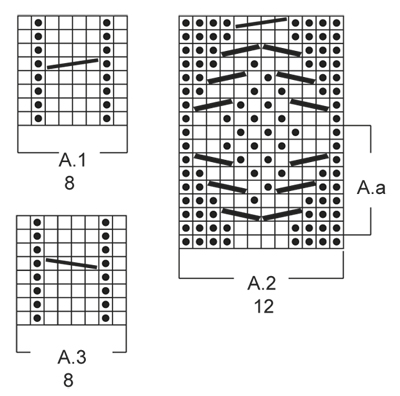 |
|||||||||||||||||||
Avete terminato questo modello?Allora taggate le vostre foto con #dropspattern #celticdancerslippers o inviatele alla #dropsfan gallery. Avete bisogno di aiuto con questo modello?Troverete 22 video tutorial, una sezione per i commenti/domande e molto altro guardando il modello su www.garnstudio.com © 1982-2025 DROPS Design A/S. Ci riserviamo tutti i diritti. Questo documento, compreso tutte le sue sotto-sezioni, è protetto dalle leggi sul copyright. Potete leggere quello che potete fare con i nostri modelli alla fine di ogni modello sul nostro sito. |
|||||||||||||||||||







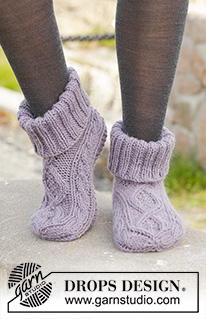
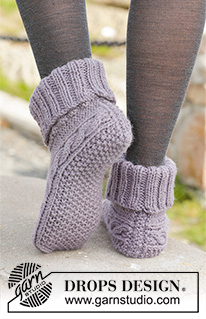



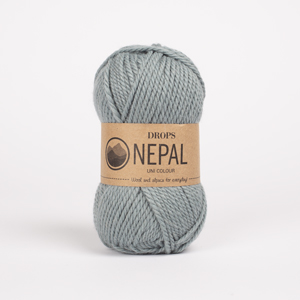
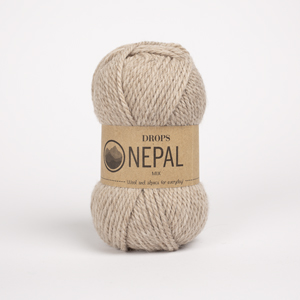


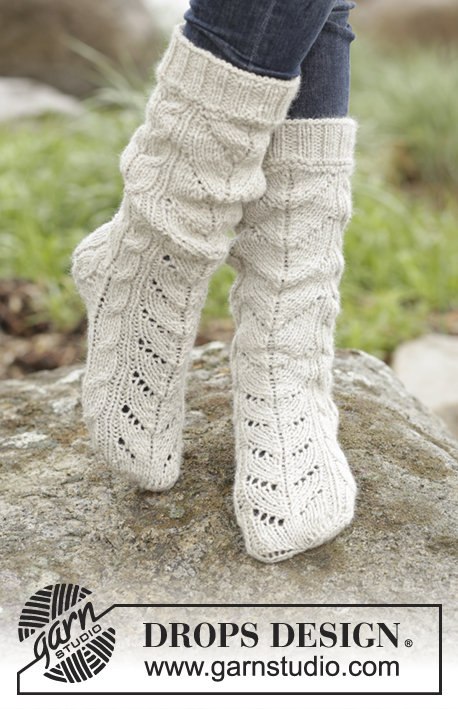
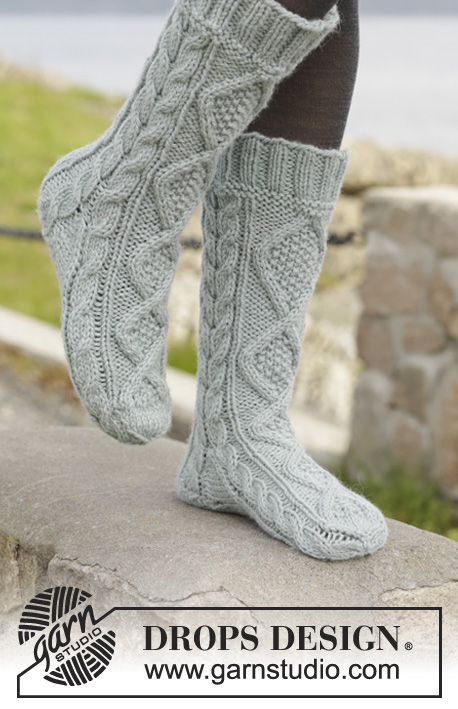








































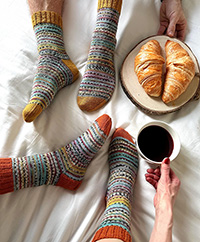
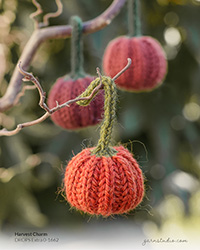



Lasciare un commento sul modello DROPS 156-55
Noi saremmo felici di ricevere i tuoi commenti e opinioni su questo modello!
Se vuoi fare una domanda, fai per favore attenzione a selezionare la categoria corretta nella casella qui sotto per velocizzare il processo di risposta. I campi richiesti sono indicati da *.